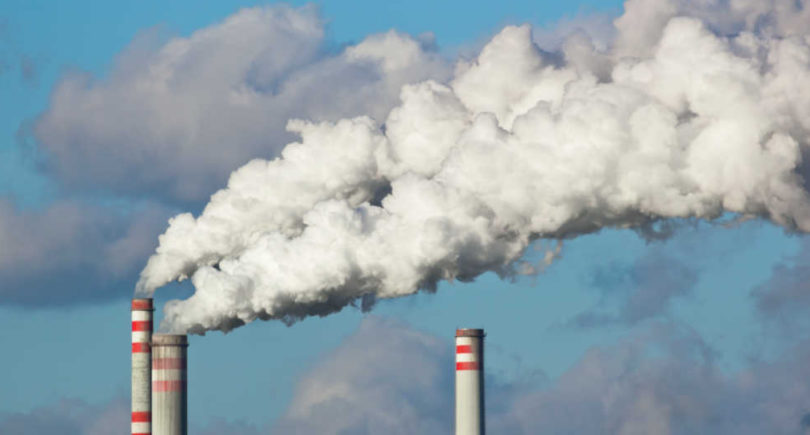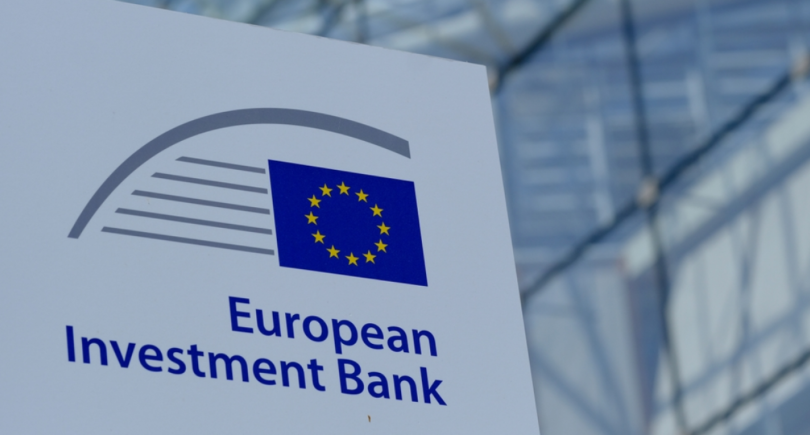
News Green steel energy 1828 21 April 2025
Emissions from industrial processes decreased by 2.3% year-on-year last year
Global energy-related carbon emissions increased by 0.8% year-on-year in 2024, reaching an all-time high of 37.8 Gt. This is stated in a recent report by the International Energy Agency (IEA).
Last year, CO2 emissions from fuel combustion increased by about 1%, or 357 million tons, while those from industrial processes decreased by 2.3%, or 62 million tons. The increase was lower than global GDP growth (+3.2% in 2024), restoring the trend of decoupling emissions growth from economic growth, which was broken in 2021.
In 2024, emissions trends varied across regions. Emissions increased in emerging and developing countries, as well as in international aviation and marine bunkering, outweighing the decline in developed countries (EU, Japan, USA, and others).
In transition and developing countries, energy-related carbon emissions increased by 1.5% year-on-year in 2024. In China, this figure increased by about 0.4% yoy, with most of the growth occurring in the first quarter. The country’s energy demand grew throughout the year thanks to record heatwaves, economic stimulus measures, industrial growth, and recovery in the residential and service sectors. However, the development of clean energy, particularly wind and solar, helped to offset this impact.
China is expanding its emissions trading system to include the steel, cement, and aluminum industries. This means that another 1.5 thousand companies will have to buy carbon credits. This will bring the total volume of covered carbon dioxide emissions to 8 billion tons, which is more than 60% of the country’s total.




